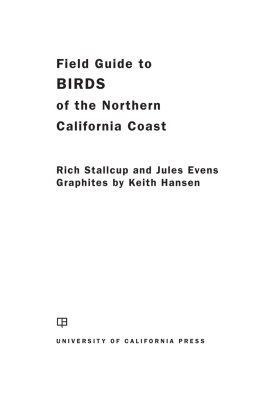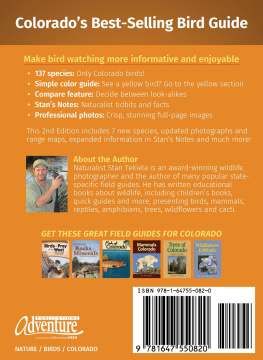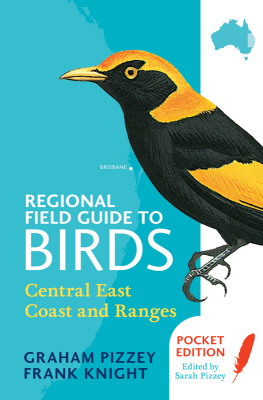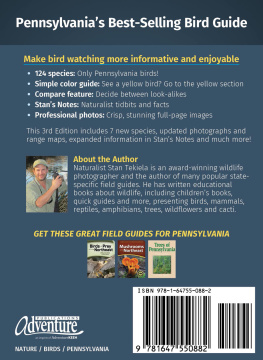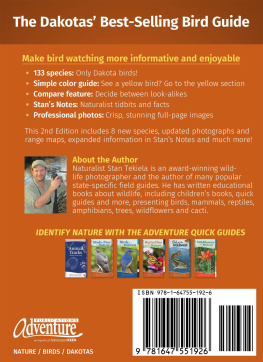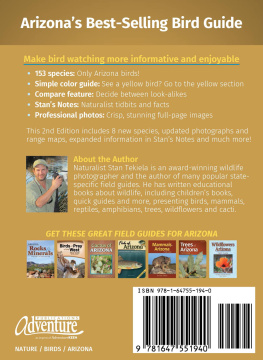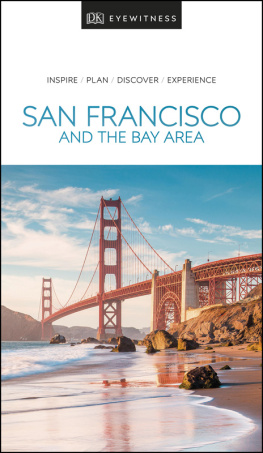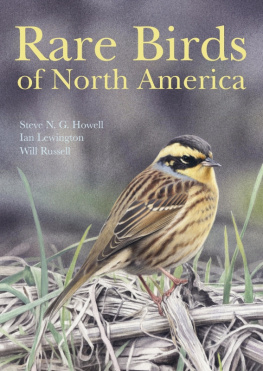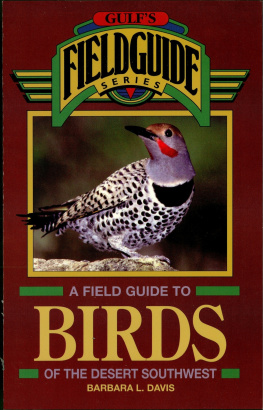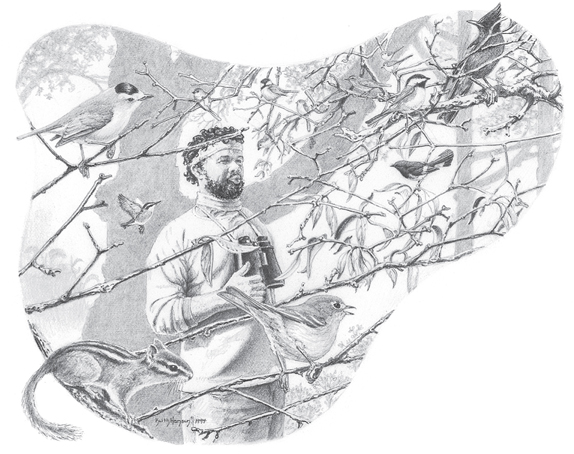California Natural History Guides
Phyllis M. Faber, General Editor
Field Guide to BIRDS of the Northern California Coast
Rich Stallcup and Jules Evens
Graphites by Keith Hansen

UNIVERSITY OF CALIFORNIA PRESS
Berkeley Los Angeles London
University of California Press, one of the most distinguished university presses in the United States, enriches lives around the world by advancing scholarship in the humanities, social sciences, and natural sciences. Its activities are supported by the UC Press Foundation and by philanthropic contributions from individuals and institutions. For more information, visit www.ucpress.edu.
California Natural History Guide Series No. 109
University of California Press
2014 by The Regents of the University of California
Cataloging-in-Publication Data on file at the Library of Congress
ISBN 978-0-520-27616-1 (cloth)
ISBN 978-0-520-27617-8 (paper)
ISBN 978-0-520-95838-8 (ebook)
Manufactured in China
22 21 20 19 18 17 16 15 14
10 9 8 7 6 5 4 3 2 1
The paper used in this publication meets the minimum requirements of ANSI/NISO Z39.48-1992 (R 2002) ( Permanence of Paper ).
Graphite illustrations by Keith Hansen, http://keithhansen.com
Cartography and figures by John Culp
Cover illustration: Sanderlings (Calidris alba) at Drakes Beach, Point Reyes National Seashore. 2 March 2013. Photograph by Jules Evens.
The publisher gratefully acknowledges the generous contributions to this book provided by the Gordon and Betty Moore Fund in Environmental Sciences.

To my mentor, field companion, and bird brother
Rich Stallcup (19442012)
for fostering respect and love of the natural world
for his lifelong contributions to field ornithology
for his humor, friendship, and enduring spirit
JE, December 2012

You can observe a lot by watching.
PREFACE
The authors have, between us, nearly a century of experience birding the Northern California coastnearly 60 years for Rich Stallcup (he started really early!), almost 40 for Jules Evens. Our close friendship spanned most of Evenss birding career, and he acknowledges that Rich shared his vast knowledge of and deep respect for Californias birdlife generously over those decades. Both of us were nurtured first by our parents, our early mentors, and by fellow birders met along the trail, but also by bird books that we devoured as young naturalists. Especially helpful was Ralph Hoffmans classic Birds of the Pacific States (1927, illustrations by Allan Brooks), along with the early Peterson field guides, and more academic works such as Joe Grinnell and Alden Millers The Distribution of the Birds of California (1944).
In this volume, we have tried to live up to the standards of those earlier works, providing the accuracy of Grinnell and Miller while conveying the beauty and magic of birds presented so artfully by Ralph Hoffman, Roger Tory Peterson, Allan Brooks, and those many ornithologists and bird artists who followed.
Early on in the pursuit of birds, the curious naturalist discovers that he or she has embarked on a lifelong journey. The closer you look, the more is revealed. The more alertly you listen, the subtler the sounds you hear. Identification of species is as good a place to start as anyperhaps the best place. When you first investigate the variation among (and within) species, natures brilliant diversity, as well as many similarities, start to come into focus. Some species are so similar in appearance, they can be separated only by voice. In others, the males and females are so different in plumage that they appear to be separate species. Bird behavior, too, adds a layer of complexity that enriches the experience. Each species has its own behavioral traits, and those often offer clues to identity. Compare the flight patterns of ravens and crows. Notice the migratory timing of various species of shorebirds. Does that duck you are observing tend to dabble or dive when foraging?
This book is not a typical field guide. A plethora of those are available, and any of the more popular ones covering the western statesPetersons, National Geographic, Kauffman, or Sibleyare outstanding and will provide the identification tips needed to inform the curious naturalist.
Nor is this book a primer on bird-watching. There are several books available that cover that subject admirably, and it would be redundant to repeat that information here. Birding (2007) by Joe Forshaw, Steve Howell, Terence Lindsey, and Rich Stallcup (Nature Company Guides) and Sibleys Birding Basics (2002) by David Allen Sibley (Alfred Knopf) are two recommended sources. Also, the companion to this volume, Introduction to Birds of the Southern California Coast (2005) by Joan Easton Lentz (California Natural History Guides, University of California Press) offers an excellent overview of general guidelines to follow when trying to figure out which bird is what.
This book, then, is an introduction to those species that are most likely to be encountered in, or that are most representative of, coastal Northern California. We have written species accounts that try to capture the essence of each species covered, as well as provide behavioral cues that may help the reader see the bird more clearly, or understand the birds niche in the environment more fully.
It is our hope that this book will help introduce you to the marvelous variety of birds and habitats that grace coastal Northern California, one of the most diverse and enchanted environments on the North American continent.
ACKNOWLEDGMENTS
The late Rich Stallcup, friend and mentor, provided the inspiration and content of earlier drafts of this book. The manuscript benefited from careful reading and thoughtful commentary by two anonymous reviewers. The section on molt was reviewed and improved by Peter Pyle. The staff at University of California Press, especially Kate Hoffman, Kim Robinson, and Stacy Eisenstark, patiently shepherded the book through production, and David Peattie of BookMatters put on the finishing touches. Photographs were generously donated by Len Blumin, Seth Bunnell, Eric Horrath, Sean McAllister, Ian Tait, and Danika Tsao, and Keith Hansen provided his superb pencil drawings.
INTRODUCTION
This contribution to the California Natural History Guide Series of the University of California Press follows a long tradition of books that explain, explore, and celebrate the natural riches of California and beyond. Our intent is to tell beginning birders, or curious naturalists, the how, what, when, where, and why of birding.
Because birds are so mobile, some individuals of most species can wander far from their natal homes and appear anywhere. Here we have tried to include only those species most likely to be seen along the coast, from Big Sur to the Oregon border. This is not a field guide to bird identification, but a field guide to the birds themselves.

